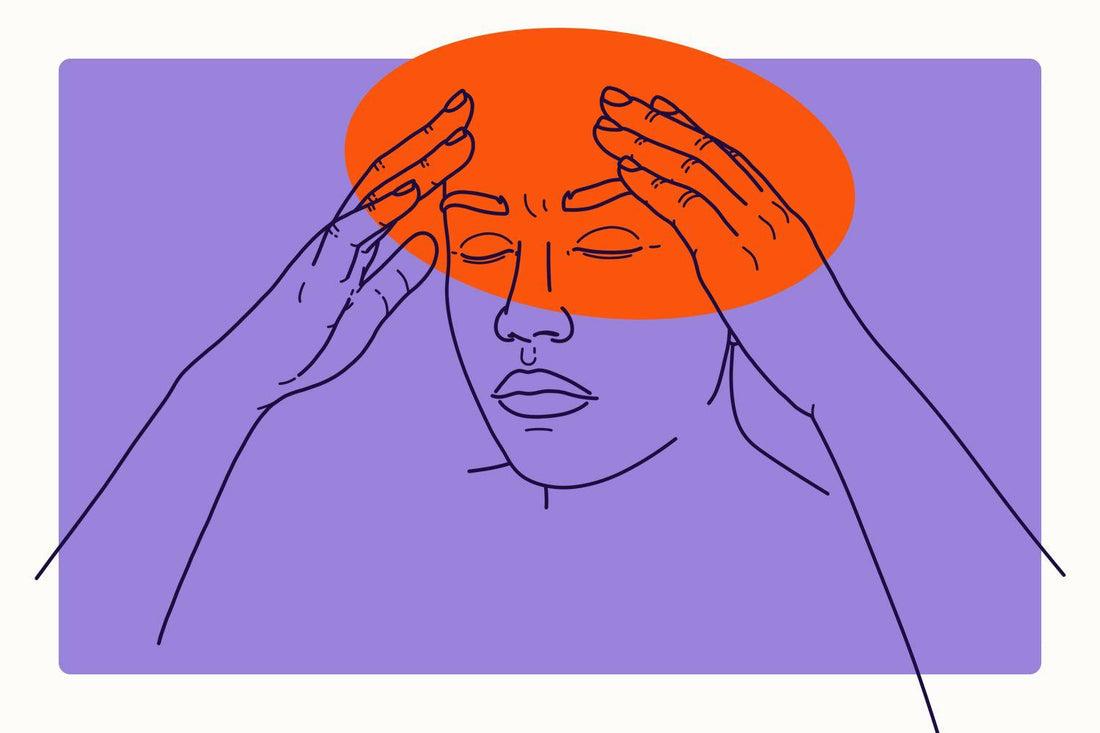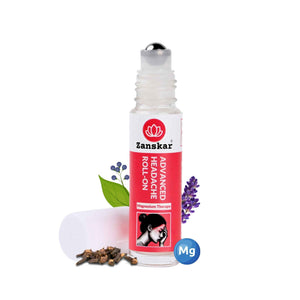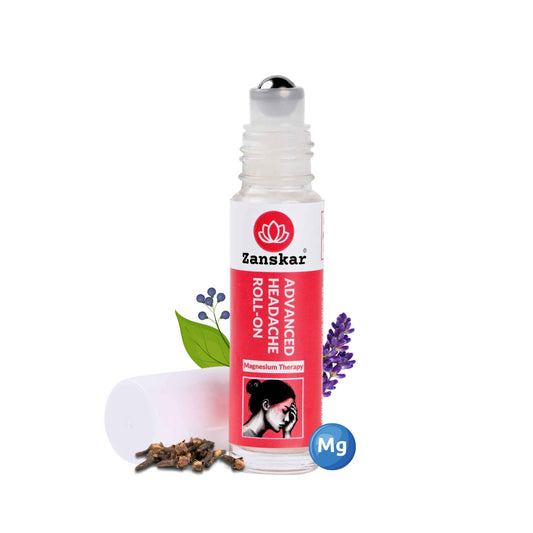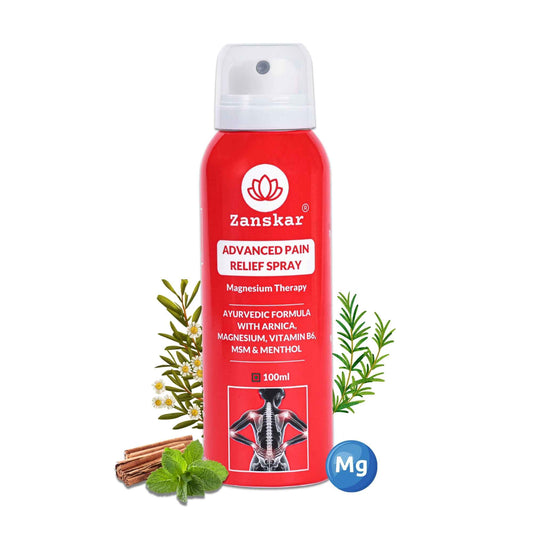
How Long Do Migraine Attacks Last and What to Expect?

A migraine attack typically lasts from 4 to 72 hours but can also last longer. It can be difficult to predict how long an individual episode will last, but charting its progress may help.
Migraine episodes can usually be divided into four or five distinct stages. Not all people with migraine experience each of these phases during each episode. Phases can include:
- warning or premonitory phase
- aura (not all people with migraine experience this phase, and those who do may not experience it during every episode)
- headache, or main attack
- resolution period
- recovery or postdrome stage (not all people with migraine experience this phase, and those who do may not experience it during every episode)
Some of these phases may only last briefly, whereas others may last much longer. You may not experience each phase with every episode you have. Keeping a migraine journal can help you track any patterns and prepare for what’s to come.
Keep reading to learn more about each stage, what you can do to find relief, and when to see a doctor.
What to expect during the prodrome (warning) phase
Sometimes, migraine can begin with symptoms that have absolutely nothing to do with a headache. These symptoms can include:
- craving certain foods
- increased thirst
- stiff neck
- irritability or other mood changes
- fatigue
- anxiety
Premonitory symptoms can last anywhere from 1 to 24 hours before the aura or headache phases begin.
What to expect during the aura phase
About 25% of people with migraine experience aura. Aura symptoms typically happen before the headache, or main attack, occurs. It often occurs 10 to 30 minutes before the headache pain begins. Aura symptoms can last anywhere from 5 minutes to 1 hour.
Aura can include a wide range of neurological symptoms. You may see:
- colored spots
- dark spots
- sparkles or “stars”
- flashing lights
- zigzag lines
- “heat waves”
You may feel:
- numbness or tingling
- weakness
- dizziness
- anxiety or confusion
You may also experience disturbances in speech and hearing. In rare cases, fainting and partial paralysis are possible.
Although these symptoms usually precede a migraine headache in adults, it’s possible for them to occur at the same time. Children may be more likely to experience an aura at the same time as their headache.
In some cases, aura symptoms may come and go without ever leading to a headache.
What to expect during the headache phase
Most cases of migraine aren’t accompanied by aura symptoms. Migraine without aura moves directly from the warning stage into the headache stage.
Headache symptoms are typically the same for migraine with and without aura. They may include:
- pulsing pain on one or both sides of your head
- sensitivity to light, noise, odors, or even touch
- blurred vision
- nausea
- vomiting
- loss of appetite
- lightheadedness
- worsening pain with physical activity or other movement
During a migraine attack, many people may be unable to work or continue with their usual daily activities.
This phase is the most unpredictable, with episodes lasting anywhere from a few hours to a few days.
What to expect during the postdrome phase
Many migraine headaches gradually fade in intensity. Some people find that taking a nap can help relieve their symptoms. Children may only need to rest a few minutes to see results. This is known as the resolution phase.
As the headache begins to lift, you may experience the recovery phase. This can include a feeling of exhaustion or even of elation.
Your symptoms during the recovery phase may pair with symptoms you experienced during the warning phase. For example, if you lost your appetite during the warning phase you may now find that you’re ravenous.
These symptoms may last for up to a day after your headache.
How to find relief
There isn’t one right way to treat a migraine. If your migraine episodes are infrequent, you may be able to use over-the-counter (OTC) medications to treat symptoms as they occur.
If your symptoms are chronic or severe, OTC treatments may not be helpful. A doctor may be able to prescribe stronger medication to treat existing symptoms and help prevent future attacks.
Home remedies
Sometimes, changing your environment may be enough to relieve the bulk of your symptoms.
OTC medication
OTC pain relievers may help with symptoms that are mild or infrequent. Consider the Zanskar Advanced Headache Roll-on with its unique magnesium formula for your migraine relief needs.
If OTC options aren’t working, you may decide to talk with a doctor.
They may be able to prescribe stronger, more targeted medications to help ease the pain. If your migraine episodes are chronic, a doctor may also prescribe medication to help prevent future episodes. These medications may include:
- Calcitonin-gene-related peptide (CGRP) antagonists
- Selective serotonin 1F receptor agonist
They may also prescribe medication to help relieve nausea.
When to talk with a doctor
If you’re experiencing a migraine episode for the first time, you may be able to relieve your symptoms with home remedies and OTC medications.
But if you’ve had multiple migraine episodes, you may want to make an appointment with a doctor. They can assess your symptoms and develop a treatment plan tailored to your individual needs. You should see your doctor right away if:
- Your symptoms began after a head injury.
- Your symptoms last longer than 72 hours.
- You’re 40 years old or older and are experiencing a migraine for the first time.
- You develop a sudden severe headache.
- You’re over the age of 50.
- Your headaches have changed in quality.
- You have a headache that occurs with neurological symptoms, such as weakness on one side of the body, numbness, loss of vision, loss of consciousness.
Takeaway
A migraine episode typically lasts anywhere from 4 to 72 hours.
It consists of four or five phases during which you may experience other symptoms. During the headache phase, you may experience throbbing pain and sensitivity to light, sound, smell, or touch.
A doctor can prescribe prescription medication that may help relieve pain and prevent future episodes.
Learn More About Zanskar Health
If you have joint or muscle pain that makes it hard to move, Zanskar offers the most advanced full stack pain relief solutions for you.
Now available to purchase, Zanskar® Advanced Pain Care Products have a unique formulation of natural bioactive ingredients and provide lasting relief from muscle and joint discomfort that you can feel good about. Get your fix before stocks run out - buy now.
You can also gain access to therapeutic exercises and stretches for your condition by downloading the Zanskar Health physiotherapy mobile app. Additionally, you’ll have a personal care team to guide, support, and tailor our program to you, including behavioral and nutritional coaching.
Download our mobile app here 👉 download and track your exercise streak.
Medical Review: This article is written by Dr Nishtha Mittal (Senior Health Content Editor at Zanskar Health) and has been medically reviewed by the medical team at Zanskar Health. This article and its contents are provided for educational and informational purposes only and do not constitute medical advice or professional services specific to you or your medical condition.







